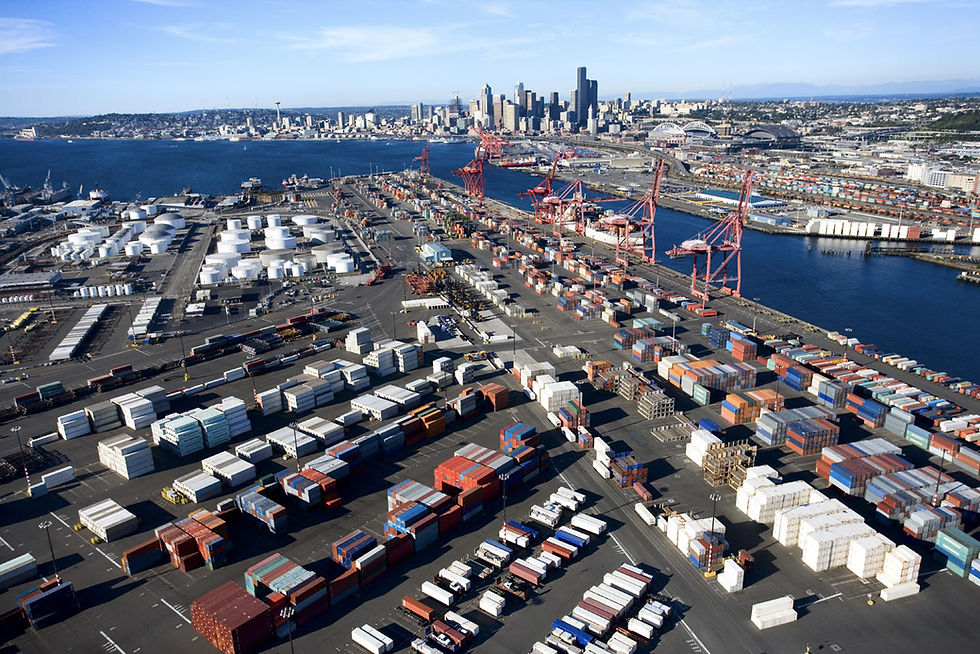
Ton van den Bosch, global head of ports & terminals at Ince & Co, highlights the emerging trends in the logistics, intermodal and supply chain sectors and suggests that further consolidation and integration can be expected.
A transformative trend is gathering pace in the logistics, intermodal transportation and supply chain business. Historically, shipping lines, terminal operators, freight forwarders, supply chain and logistics companies have each been focused mainly on their respective core businesses. Admittedly, some companies have been expanding in different sectors for a while. Shipping lines have had successful terminal businesses for a long time, such as for example Maersk with APM Terminals, China Merchants and CMA CGM with Terminal Link and MSC with Terminal investment Limited (TiL). Liners have had freight forwarding businesses (such as Maersk with Damco) and the French conglomerate Bolloré has been running a successful transport and logistics business as well as multiple container terminals and dry ports in Africa.
There have been recent interesting initiatives to further integrate the transportation and logistics business and this is leading to a fading of the traditional lines between the different sectors. These investments and acquisitions are in my view driven by many factors, including the challenge to achieve a strong return on invested capital (ROIC) in ports and terminals, decentralisation of manufacturing across Asia, the continued rise of Amazon, overcapacity in the shipping industry, the continued volatility in volumes and rates, but most of all by the ambition to control the end-to-end container logistics.
These trends have already led to consolidation among liners (such as for example the acquisition by COSCO, with the help of Shanghai International Port Group, of OOCL completed last month) and enhanced cooperation in the global shipping alliances. Many liners are looking for ways to broaden their services beyond the more traditional port-to-port operations, liners and operators are investing in digital supply chain solutions and terminal operators are expending their services in logistics and extending their reach in hinterlands with the development of warehouses and inland container depots.
Examples of this global trend are plentiful. Earlier this year, French container shipping line CMA CGM agreed to buy around 25% of Ceva Logistics. Terminal operators and liners are also investing in new technology in order to enhance supply chain services. PSA International has for example increased its stake in digital service provider CrimsonLogic and Maersk has formed a joint venture with IBM to develop a blockchain platform to simplify global trade.
Further, terminal operators are building up inland logistics capabilities. Examples include the development by DP World of the Mali Logistics Hub in Bamako, PSA International taking a 60% stake in the inland Ashcroft Terminal in Canada and the acquisition by DP World of Peruvian logistics provider Cosmos Agencia Maritima in March.
The most recent example of this “fading of the lines” trend is the acquisition last week by DP World of Denmark-based Unifeeder, presumably with a view to expand the feeder networks between the DP World ports and terminals. We are in the midst of a fundamental transformation of the global intermodal transportation, terminals, logistics and supply chain industry and further consolidation and integration can be expected.
via STM
.png)